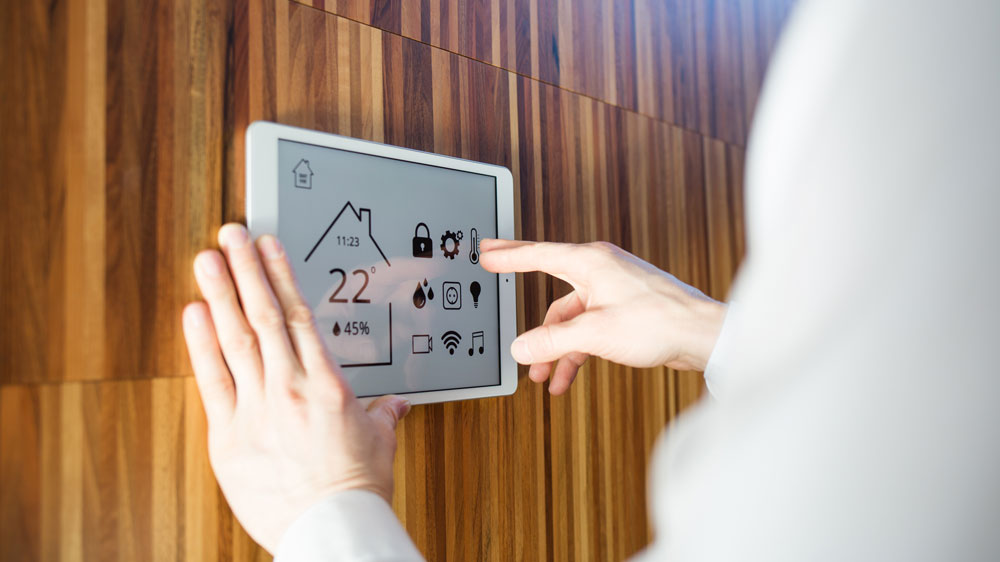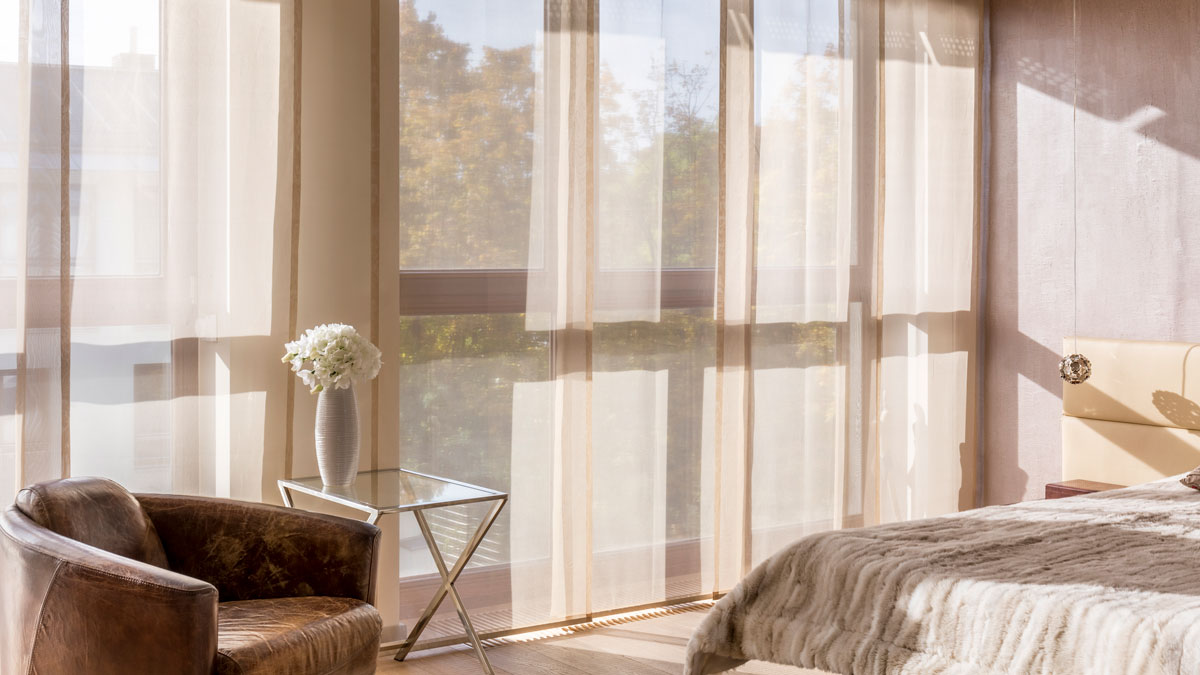Timber flooring is a popular choice for homeowners due to its durability, beauty, and timeless appeal. However, choosing the perfect timber flooring for your home can be a daunting task, especially when it comes to selecting the right species for your climate. In this blog post, we will share some tips and tricks to help you choose the best timber flooring for your climate and protect it from damage.
Understanding your climate before choosing timber flooring option
Before you start shopping for timber flooring, it’s essential to understand the climate you live in. The weather conditions in your area can significantly impact the durability and appearance of your timber flooring. Here are the main factors to consider:
- Humidity: In a humid climate, timber flooring can absorb moisture from the air, causing it to expand and buckle. On the other hand, in a dry climate, timber flooring can shrink and crack.
- Temperature: Extreme temperature changes can also affect your timber flooring. In areas with high temperature fluctuations, you may notice gaps or cracks in your flooring.
- Sunlight: Direct sunlight can cause your timber flooring to fade and lose its color over time.

Digital climate control system at home helping us understand the location climate
Timber flooring options based on your climate
Once you’ve assessed your climate, it’s time to choose the right timber species for your flooring. Here are some recommended species for different climates:
- Humid climates: Blackbutt, Spotted Gum, and Tallowwood are excellent choices for humid climates. They are naturally resistant to moisture and rot, making them ideal for areas with high humidity levels.
- Dry climates: Jarrah, Red Ironbark, and Sydney Blue Gum are perfect for dry climates. These species are dense and stable, making them less prone to shrinkage and cracking.
Protecting your timber flooring from climate-related damage
To maintain the beauty and longevity of your timber flooring, it’s essential to take some preventive measures. Here are some tips to protect your flooring from climate-related damage:
- Use dehumidifiers: If you live in a humid climate, consider using dehumidifiers to reduce the humidity level in your home. This will help prevent your timber flooring from absorbing excess moisture and expanding.
- Circulate the air: Use fans or air conditioners to circulate the air in your home and prevent moisture buildup.
- Block out sunlight: Installing blinds or shades can help block out direct sunlight and prevent your timber flooring from fading.
- Use rugs or mats: Place rugs or mats in high-traffic areas to prevent wear and tear on your timber flooring.
Conclusion
Choosing the best timber flooring for your climate requires careful consideration. By understanding your climate, selecting the right timber species, and taking preventive measures, you can enjoy your timber flooring for many years to come. Remember to consult with a professional flooring installer in Melbourne to help you choose the perfect timber flooring for your home.

